V is for Values
April 22nd, 2010 | Published in ABCs of Vintage Football Cards, General Collecting Info
What is My Card Worth?
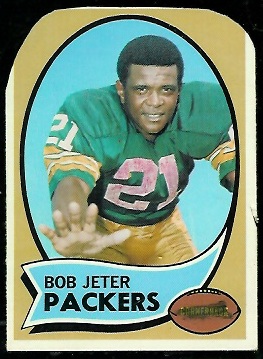 I get a lot of email from people asking what their old football cards are worth. To answer this question, I put together a couple of web pages, Football, Baseball, and Other Sports Card Values and Where to Sell Football, Baseball, and Other Sports Cards. For quick answers, check out those pages. For more details, read on.
I get a lot of email from people asking what their old football cards are worth. To answer this question, I put together a couple of web pages, Football, Baseball, and Other Sports Card Values and Where to Sell Football, Baseball, and Other Sports Cards. For quick answers, check out those pages. For more details, read on.
Most times, the answer is “not much.” The reason is that most vintage cards are not rare: the card companies printed great numbers of them, and their supply far exceeds demand. Our moms threw out a lot of cards, but just as many cards survived the years.
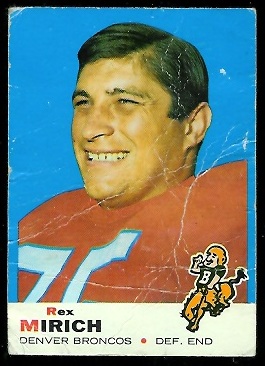 Not many of them survived undamaged, though. When we bought the cards as kids, we played with them and beat them up. We flipped them, put them in our spokes, sorted them every which way, wrote on them, and then tossed them into shoeboxes. I still have some of the cards I bought as a kid, and most of them look as if I kept them in my back pocket. Some of those priceless gems are pictured here.
Not many of them survived undamaged, though. When we bought the cards as kids, we played with them and beat them up. We flipped them, put them in our spokes, sorted them every which way, wrote on them, and then tossed them into shoeboxes. I still have some of the cards I bought as a kid, and most of them look as if I kept them in my back pocket. Some of those priceless gems are pictured here.
So, though most cards aren’t rare, they can be scarce in perfect or near-perfect condition. (See G is for Grading.) This is where demand can exceed supply and push prices up. Serious collectors seek cards that look like they’re straight from the pack, and when there are more collectors who want a card than there are high-grade examples of it, the card becomes valuable.
Some cards are rare in any condition–1894 Mayos, for instance–so even the beat-up ones are valuable. If you find one of those behind the fridge, hang onto it. Nobody has asked me to appraise a Mayo, yet, though. Typically it’s a water-stained 1974 Topps Art Malone card with “Jimmy” written on the back.
Factors Affecting Supply
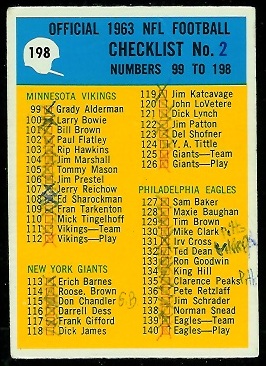 There is no way to know exactly how many copies of a card were printed or how many exist in high grades. There are, however, indicators of supply that people who write price guides take into account when assigning prices to the cards. Some examples:
There is no way to know exactly how many copies of a card were printed or how many exist in high grades. There are, however, indicators of supply that people who write price guides take into account when assigning prices to the cards. Some examples:
- Relative scarcity – Though exact print numbers of vintage cards are not known, with experience in the hobby, you can begin to tell which sets were printed in greater numbers than others. My experience tells me, for example, that high-grade 1959 Topps football cards are easier to find than 1958 Topps cards.
- Series – The card companies sometimes released cards in series: Series 1, Series 2, etc. Some series had smaller print runs than the others, so the cards in those series are scarcer. Typically the later series had the smaller print runs, presumably because kids buying the cards lost interest as the season went on.
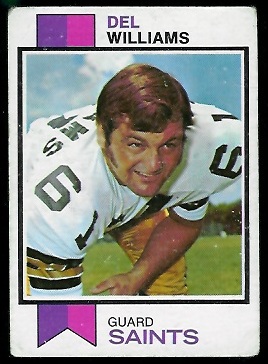 Short prints and double prints – Each card typically appeared more than once on an uncut sheet of cards. If a card appeared less often than most of the others, it is called a short print. If it appeared more often than most of the others, it is called a double print. A series can have either short prints or double prints–depending on which were the exception on the sheet–but I’m not aware of any series with both. See my 1963 Fleer Virtual Uncut Sheet page for an example of a sheet containing short prints.
Short prints and double prints – Each card typically appeared more than once on an uncut sheet of cards. If a card appeared less often than most of the others, it is called a short print. If it appeared more often than most of the others, it is called a double print. A series can have either short prints or double prints–depending on which were the exception on the sheet–but I’m not aware of any series with both. See my 1963 Fleer Virtual Uncut Sheet page for an example of a sheet containing short prints.- Errors and Variations – Some cards had errors that were corrected during production, so both the error cards and corrected cards were printed in smaller numbers than the rest of the set. (See E is for Error Cards.) Some cards had two or more variations–for example, Lance Rentzel’s name appeared in either black or red on his 1970 Topps card–and each variation was printed in smaller numbers than the rest of the set.
- First and last cards – Theoretically, the first and last cards of a set got more wear from rubber bands and such, so their supply in high grade is lower. I think it’s bunk, but the price guides price the first and last cards significantly higher because of this assertion.
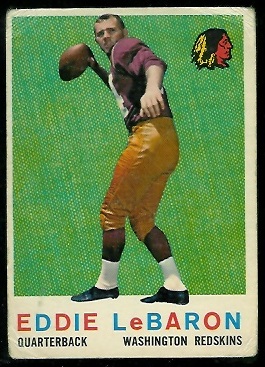 Another factor that affects a card’s supply in high grade is where it was on an uncut sheet. (See U is for Uncut Sheets.) The corners and edges of uncut sheets tended to get damaged in production, just as the corners and edges of individual cards do when handled. This tendency is hard to quantify, though, and as far as I know, none of the price guides take a card’s sheet position into account. The example I always use of a scarce corner card is the 1960 Fleer Jim Woodard, which you can read about on my 1960 Fleer virtual uncut sheet page. Though all 1960 Fleer cards were printed in equal numbers, the Woodard card, which was on the bottom left corner of the printed sheet, is much scarcer than any of the other cards in the set.
Another factor that affects a card’s supply in high grade is where it was on an uncut sheet. (See U is for Uncut Sheets.) The corners and edges of uncut sheets tended to get damaged in production, just as the corners and edges of individual cards do when handled. This tendency is hard to quantify, though, and as far as I know, none of the price guides take a card’s sheet position into account. The example I always use of a scarce corner card is the 1960 Fleer Jim Woodard, which you can read about on my 1960 Fleer virtual uncut sheet page. Though all 1960 Fleer cards were printed in equal numbers, the Woodard card, which was on the bottom left corner of the printed sheet, is much scarcer than any of the other cards in the set.
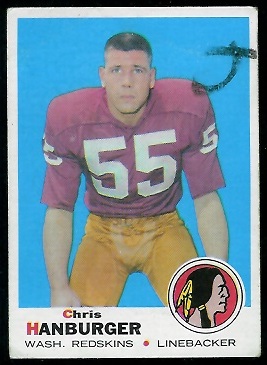 As I said above, to my knowledge, in years past, the card companies did not publish the number of cards they printed. (Perhaps they do now; I don’t know much about modern cards.) The card grading companies, however, keep records of how many of each card they have graded. These records are called population reports. If you have a subscription to PSA’s population report, for example, you can go to their web site and find out how many 1960 Fleer Jim Woodard cards they have graded (eighteen, as of today), and how many they have assigned a grade of 9 (just one). By looking at the population reports, you can get an idea which cards are scarcer than others. Population reports are imprecise indicators of the overall population, though: collectors tend to get expensive cards graded more often than cheaper ones, and sometimes they crack graded cards out of their cases and get them re-graded, throwing off the population numbers. Plus you never know when the person holding all the mint Jim Woodard cards is going to fetch them from his mom’s attic and send them all to PSA.
As I said above, to my knowledge, in years past, the card companies did not publish the number of cards they printed. (Perhaps they do now; I don’t know much about modern cards.) The card grading companies, however, keep records of how many of each card they have graded. These records are called population reports. If you have a subscription to PSA’s population report, for example, you can go to their web site and find out how many 1960 Fleer Jim Woodard cards they have graded (eighteen, as of today), and how many they have assigned a grade of 9 (just one). By looking at the population reports, you can get an idea which cards are scarcer than others. Population reports are imprecise indicators of the overall population, though: collectors tend to get expensive cards graded more often than cheaper ones, and sometimes they crack graded cards out of their cases and get them re-graded, throwing off the population numbers. Plus you never know when the person holding all the mint Jim Woodard cards is going to fetch them from his mom’s attic and send them all to PSA.
Factors Affecting Demand
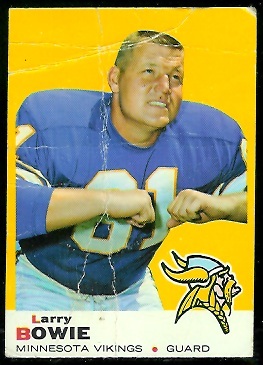 Moving to the buyer’s side of the transaction, here are some of the factors that affect demand. I have discussed most of these in earlier articles.
Moving to the buyer’s side of the transaction, here are some of the factors that affect demand. I have discussed most of these in earlier articles.
- Set popularity – Some sets are more desirable to collectors because of their design and the players they include. For example, most football card collectors really like the 1955 Topps All-American set.
- Player popularity – Some players are more popular than others, naturally. Hall of Famers, Heisman winners, and players who were famous outside of football (e.g., Jack Kemp) are usually more in demand than average players.
- Player potential – This is much bigger factor for players who are still playing, but it can also affect retired players who are Hall of Fame candidates. If a retired player–for example, Jerry Kramer–still has a good shot at the Hall of Fame, the prices of his cards will tend to be higher than the cards of a player who is not being considered.
- Rookie cards vs. non-rookie cards – Collectors like to collect rookie cards, especially of Hall of Famers. (See R is for Rookies.)
- Team popularity – As I wrote in an earlier article, some teams have a larger following than others. I find that Packers, Raiders, and Cowboys cards sell more readily than cards from other teams.
- News – A player’s death or a team’s performance can increase the demand for that player’s or team’s cards, though this effect is usually temporary.
Price Guides
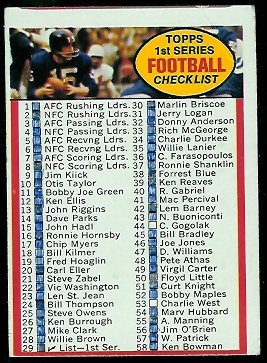 I presume that to assign the prices to the cards in a given set, people who write price guides gather a sample of actual retail card prices, then consider the factors above to get the prices for the rest of the cards. The assigned prices are usually in the ballpark, but there are plenty of cases where they are not. Often cards are much scarcer in high grades than the price guides indicate, and sometimes they are far less in demand than the price guides appear to think they are.
I presume that to assign the prices to the cards in a given set, people who write price guides gather a sample of actual retail card prices, then consider the factors above to get the prices for the rest of the cards. The assigned prices are usually in the ballpark, but there are plenty of cases where they are not. Often cards are much scarcer in high grades than the price guides indicate, and sometimes they are far less in demand than the price guides appear to think they are.
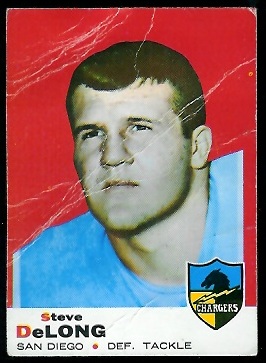 In addition to price guides, there are services that provide a history of the prices realized for graded cards on eBay and in other auctions. The services are useful, but their sample sizes are often small. If three PSA 8 1967 Philadelphia Atlanta Falcons logo cards sold on eBay in the last year, and their selling prices were $72, $49, and $25, what should you expect to pay for one? And are you willing to search eBay each week and wait for the next one to appear? I use these services, but I also consider other factors when deciding what to pay: the prices realized for similar cards, how frequently the card is available for sale, the person selling the card, and how nice the card is for the grade. To me, a PSA 7 that is well-centered is worth a premium over one that is noticeably off-center.
In addition to price guides, there are services that provide a history of the prices realized for graded cards on eBay and in other auctions. The services are useful, but their sample sizes are often small. If three PSA 8 1967 Philadelphia Atlanta Falcons logo cards sold on eBay in the last year, and their selling prices were $72, $49, and $25, what should you expect to pay for one? And are you willing to search eBay each week and wait for the next one to appear? I use these services, but I also consider other factors when deciding what to pay: the prices realized for similar cards, how frequently the card is available for sale, the person selling the card, and how nice the card is for the grade. To me, a PSA 7 that is well-centered is worth a premium over one that is noticeably off-center.
The bottom line is that no price guide or pricing service is perfect. They will usually get you in the ballpark, but keep in mind that the prices can be based on small samples or large generalizations, so the prices for some cards can be off by multiples. As with anything, the more educated you are and the harder you shop, the better bargains you can find. Personally, I try not to sweat it: if I pay a reasonable price for a card I want, I’m happy. Sometimes I’m happy even if I pay an unreasonable price. For some people, the thrill is in getting cards as cheaply as possible; for me, fretting over a few dollars takes the fun out of it. To each his own, of course.
